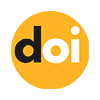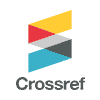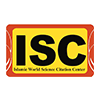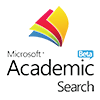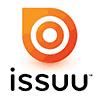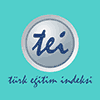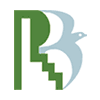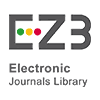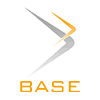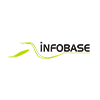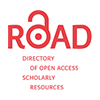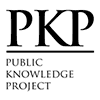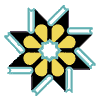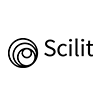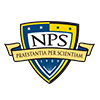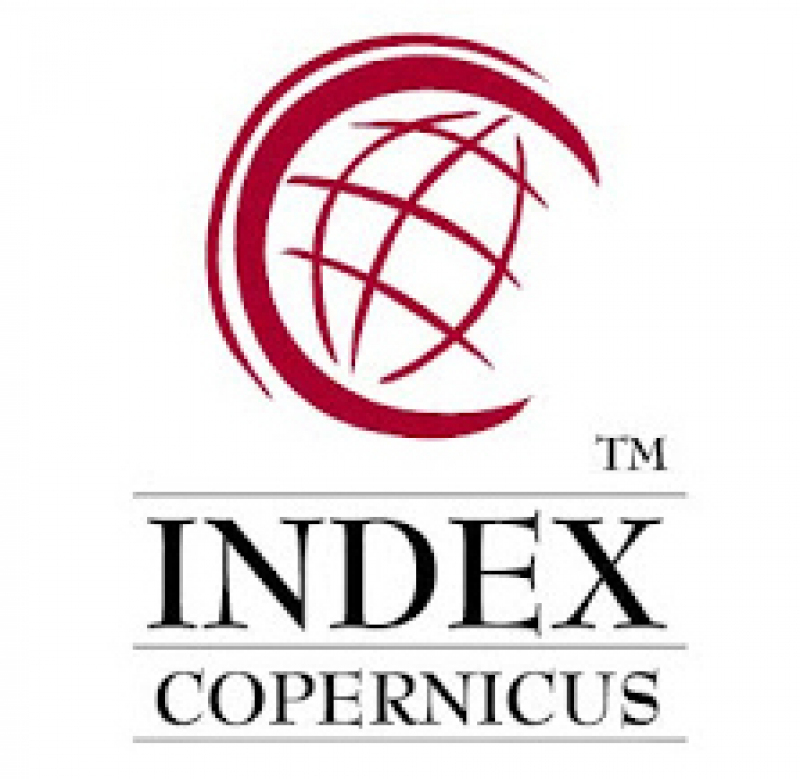The Impact of Blended Learning on Self-Directed Learning Components in Graduate Students of Medical Education at Shiraz University of Medical Sciences
Abstract
Introduction: One of the most important goals in any educational system is self-directed learning promotion and the development of its components. Nowadays, owing to the growing rate of technology advancements and the availability of free online courses, self-directed learning skills have been increasingly taken into consideration. In this study, the effect of one-semester training using a blended learning method based on LMS (learning management system) on self-directed components was evaluated in undergraduate medical education students at Shiraz University of Medical Sciences.
Method: In this cross-sectional descriptive study, the participants were all graduate students of medical education. We used Fisher, King, and Tague’s questionnaire. At first, the questionnaires were completed by the students before attending the workshop which was held at the beginning of the semester as the pre-test. after holding the blended learning method classes at the end of the semester, we performed the post-test.
Findings: SPSS version 22 software was used in this study to analyze the data through using mean, standard deviation, abundance, frequency, and paired T-test. Based on the data analysis using SPSS 22, the mean of self-directed score before the intervention was 160.03 which increased to 175.80 after the intervention.
Conclusion: According to the results, blended learning increased the self-directed components used by students, including self-management, self-control, and willingness to learn. Self-directed components did not have a specific relationship with the demographic data of the individuals, including age, gender, level of education and membership of the faculty, or work experience.
Keywords
Full Text:
PDFReferences
Adinda D, Mohib N. (2020). Teaching and instructional design approaches to enhance students’ self-directed learning in blended learning environments. Electronic Journal of eLearning18 (2), 162-174.
Ahmad BE, Abdolmajid F. (2010). Self-directed learning and culture: A study on Malay adult learners. Procedia - Social and Behavioral Sciences7, 254-63.
Amandu GM , Fronda DC. (2013). Using modle e-learning platform to foster student self-directed learning: experiences with utilization of the software in undergraduate nursing courses in a Middle Eastern University. Procedia - Social and Behavioral Sciences 93,677-83.
Bates T, Poole G. (2008). Effective teaching with technology in higher education. San Francisco: Jossy-Bass..
Bosch C, Pool J. (2019). Establishing a learning presence: Cooperative learning, blended learning, and self-directed learning. In Technology-supported teaching and research methods for educators. (pp51-74), IGI Global.
Egizii R. (2015). Self-directed learning, andragogy and the role of alumni as members of professional learning communities in the post-secondary environment. Procedia - Social and Behavioral Sciences174,1749-0.
Fisher M, King J, Tague G. (2001). The development of self-directed learning readness scale for nursing students. Nurse Education Today 21, 516-525.
Fisher M, King J,Tague G. (2010). The self-directed learning readiness scale for nursing education revised: A confirmatory factor analysis. Nurse Education Today 30, 44-8.
Garrison DR.(2005). E-learning in the 21st century. London and New York: Routlledge Falmer.
Geng S, Law KM, Niu B. (2019). Investigating self-directed learning and technology readiness in blending learning environment. International Journal of Educational Technology in Higher Education 16(1),1-22.
Idros SNS, Mohamed AR, Esa N, Samsudin MA, Daud KAM. (2010). Enhancing self-directed learning skills through e-SOLMS for Malaysian learners. Procedia - Social and Behavioral Sciences 2(2) ,698-706.
Kemp A, van der Westhuizen Ch. (2022). Self-directed learning with technology for 4th-year engineering graphics and design students. In Christo van der Westhuizen, Mncedisi C Maphalala, Roxanne Bailey. Blended learning environments to foster self-directed learning. South Africa: OSIS Books.
Kesim M, Altinpulluk H. (2014). A theoretical analysis of MOOCs types from a perspective of learning theories. Procedia - Social and Behavioral Sciences186,15-9.
Khan BH. ( 2005). Managing e-learning: Design, delivery implementation and evaluation] Internet[. Hershey: Information Science Publishing. Available from:http://BooksToRead.com/elearning.
Neumeier P. (2005). A closer look at blended learning -parameters for designing a blended learning environment for language teaching and learning. ReCALL17(2),163-178.
Noh GO, Kim DH. (2019). Effectiveness of a self-directed learning program using blended coaching among nursing students in clinical practice: A quasi-experimental research design. BMC Medical Education 19(1),1-8.
Peters O. (2003). Learning with new media in distance education. In Handbook of Distance Education ( pp 88), edited by Moore M and Anderson W. New Jersey : Lawrence Erlbaum Associates Publishers..
Ruchan UZ, Adem UZ. (2018). The influence of blended learning environment on self-regulated and self-directed learning skills of learners. European Journal of Educational Research 7(4),877-886.
Saks K, Leijen A. (2014). Distinguishing self-directed and self-regulated learning and measuring them in the e-learning context. Procedia - Social and Behavioral Sciences 112,190-8.
Şenyuva E, Kaya H. (2014). Effect self directed learning readiness of nursing students of the web based learning. Procedia - Social and Behavioral Sciences152,386-92.
Siriwongs P. (2015). Developing students’ learning ability by dint of self-directed learning. Procedia - Social and Behavioral Sciences197, 2074-9.
Sittiwong T, Manyum W. (2015). The Study of students’ opinions on the knowledge management system to support online instruction for self-directed learning. Procedia - Social and Behavioral Sciences176,750-6.
Song L, Hill J.( 2007). Aconceptual model for understanding self-directed learning in online invironments. Journal Of Interactive Online Learning 6(1),27-42.
Sriarunrasmee J, Techataweewan W, Mebusaya RP. (2015). Blended learning supporting self-directed learning and communication skills of Srinakharinwirot University's first year students. Procedia - Social and Behavioral Sciences197,1564-9.
Torabi N, Abdollahi B, Aslani G, Bahrami A. (2013). A validation of a self-directed learning readiness scale among preliminary school teachers in Esfahan. Procedia - Social and Behavioral Sciences83,995-9.
Valiathan P. (2020). Designing a blended learning solution. Instructional Design Expert, NIIT Ltd] Internet[ Available from http://wwwdocstoc.com/docs/2261631/Designing-a-Blended-Learning-solution-What-Is-Blended-learning.
van der Westhuiza Ch, Bailey R. (2022). In Christo van der Westhuizen, Mncedisi C Maphalala, Roxanne Bailey, Blended learning environments to foster self-directed learning (pp.1-29), South Africa: OSIS Books.
Yousefi A, Gordanshekan M. (2011). A review on development of self-directed learning. Iranian Journal Of Medical Education10(5),776-83.
DOI: http://dx.doi.org/10.18415/ijmmu.v12i5.6835
Refbacks
- There are currently no refbacks.
Copyright (c) 2025 International Journal of Multicultural and Multireligious Understanding

This work is licensed under a Creative Commons Attribution-NonCommercial-NoDerivatives 4.0 International License.
https://ijmmu.com
editor@ijmmu.com
facebook.com/ijmmu
Copyright © 2014-2018 IJMMU. All rights reserved.





